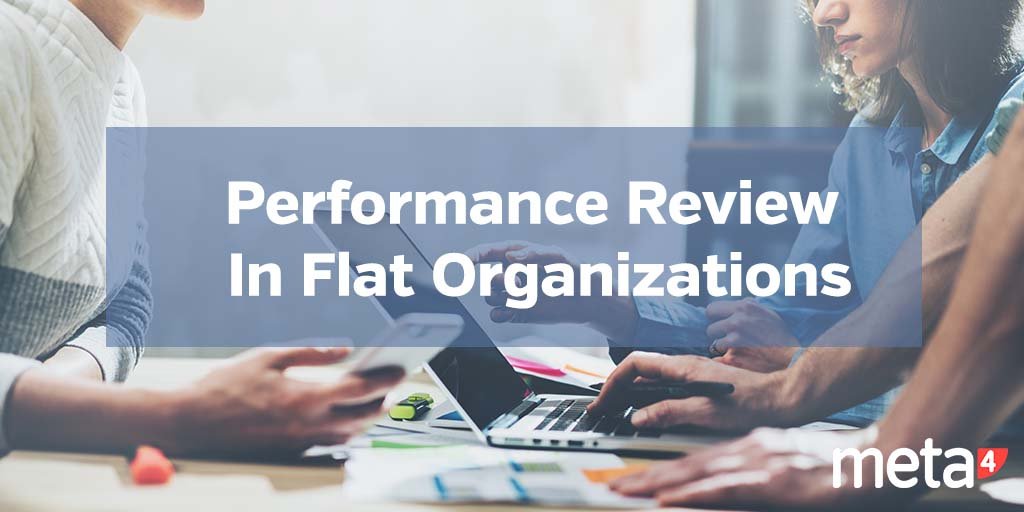Flat or horizontal organizational structures are characterized by little or no hierarchy that intervenes in decision making or differentiates between employees and managers. This structure is typical in small organizations or within work units of larger organizations, although there is a trend towards flattening hierarchical structures in organizations.
Organizations that embrace the flat hierarchy model generally have a very strong corporate culture and seek to address the following issues:
- Improve productivity: by lightening C2040-918 the organizational structure, the members of staff not directly involved in the organization’s productive process are also scaled back, and thus saving costs. An increase in efficiency is observed in these organizations upon streamlining the bureaucratic decision making process which improves productivity.
- Clear the generational jump with Gen Y or the millennium generation: until Gen X, the hierarchical structure within the workforce was respected and the working life was planned around promotions. In contrast, Gen Y prizes team work and collective achievement above the regard for the hierarchical structure.
With all this, it is still necessary, even within these flat organizations, to assess the work each employee does, in order to
00M-638 separate the wheat from the chaff, boost employees with more skills, do away with those who are toxic to the organization, and to never fail to recognize the huge majority who get the work done.
Organizations adopting this hierarchical model encounter specific problems that make it necessary to implement a performance review model, and this in turn unleashes additional concerns:
- Potential management: the lack of an appraisal model makes it difficult to detect employees with potential (or not) and develop plans that make the most of such potential.
- Remuneration policies: not having a performance measurement tool for employees causes salary imbalances, a common source of employee dissatisfaction within the organization.
- Professional development: if there is no suitable model for performance appraisal of the workforce, employees may find themselves unsupported when taking on additional responsibilities and competencies for their post.
- Shortage of evaluators: with an absent or a scaled-back hierarchy, if a performance review model is implemented, the traditional role of the evaluator assigned to the manager in the chain of command more often than not, falls on very few people who do not have the time to evaluate or review all the employees under them.
- Inadequate performance assessment culture: implementing a performance review model in a company unaccustomed to it may clash with the corporate culture itself.
The performance appraisal model recommended for this kind of organization is the open or 360-degree feedback review. Open feedback review allows the employee to decide on what criteria he should be evaluated upon and who in the organization he wishes to evaluate him. Additionally, during the performance review process itself, any employee can spontaneously assess any of his colleagues.
The open review requires a certain involvement and maturity on behalf of the employees of the organization far superior to that required in classical hierarchical structures, and this must be inherited from the corporate culture. The HR department in this case should analyze not only the performance review results of each employee, but also the decisions each employee has taken in his review process on how he should be evaluated.






